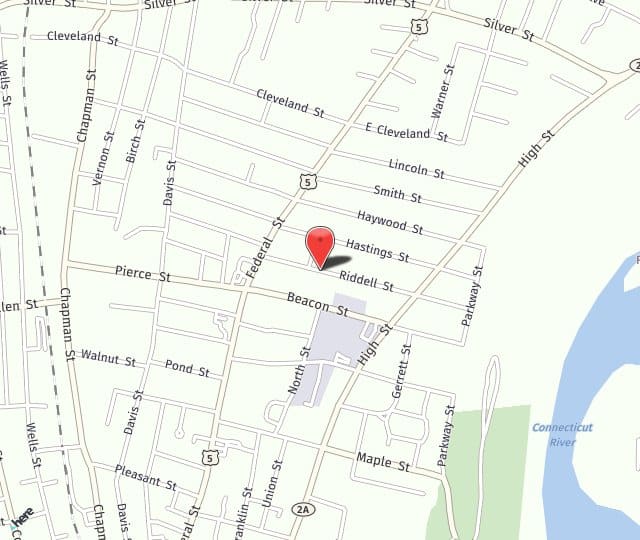
How cataracts form
Cataracts form in the lens of your eyes, and one eye can be worse than the other. The lens is positioned behind the iris, which is the colored part of your eye. The lens focuses light that passes into your eye, producing clear images on the retina. The retina is the membrane that functions like the film in a camera. The lenses in your eyes become less flexible, less transparent and thicker as you age. Tissues within the lens break down and cloud small areas within the lens. Over time, the clouding becomes denser and involves a larger area of the lens. A cataract will scatter and block light as it passes through the lens, which prevents a sharp image from reaching your retina.
Symptoms
In addition to the clouded vision, the signs and symptoms of cataracts include sensitivity to light and glare, seeing “halos” around lights, double vision in one eye and fading or yellowing of colors. You may have a cataract and not even know it. The cloudiness in your vision may be so small or affect a small part of the eye’s lens. Once it grows larger, that’s when more noticeable symptoms occur.
Causes and risk factors
Aging and injury are the causes behind most cataracts. Genetics, other eye conditions, diabetes, and the use of certain medications are other causes for cataracts to develop. Factors that increase your risk of cataracts include prolonged exposure to sunlight, smoking, high blood pressure, obesity, eye injury or surgery, and drinking excessive amounts of alcohol.
Diagnosis and treatment
If you think you have a cataract or notice other changes in your vision, see your eye doctor. Your doctor will review your symptoms, medical history and perform an eye exam with several tests to determine whether you have cataracts.
When cataracts begin to affect the quality of life or interfere with your ability to perform daily activities, cataract surgery may be necessary. Surgery is a virtually painless, 2-3 hour outpatient surgery that essentially consists of replacing your clouded lens with a clear intraocular lens implant (IOL). Your doctor will discuss the pros and cons of the different types of IOLs you can have implanted as you set up a plan for treatment.
While cataracts can’t necessarily be prevented, you can slow the progression or onset of cataracts. Follow a healthy lifestyle, protect your eyes from the sun, avoid tobacco and see your eye doctor regularly. Schedule your next appointment with Eye & LASIK Center today by calling (800) 676-5050.




